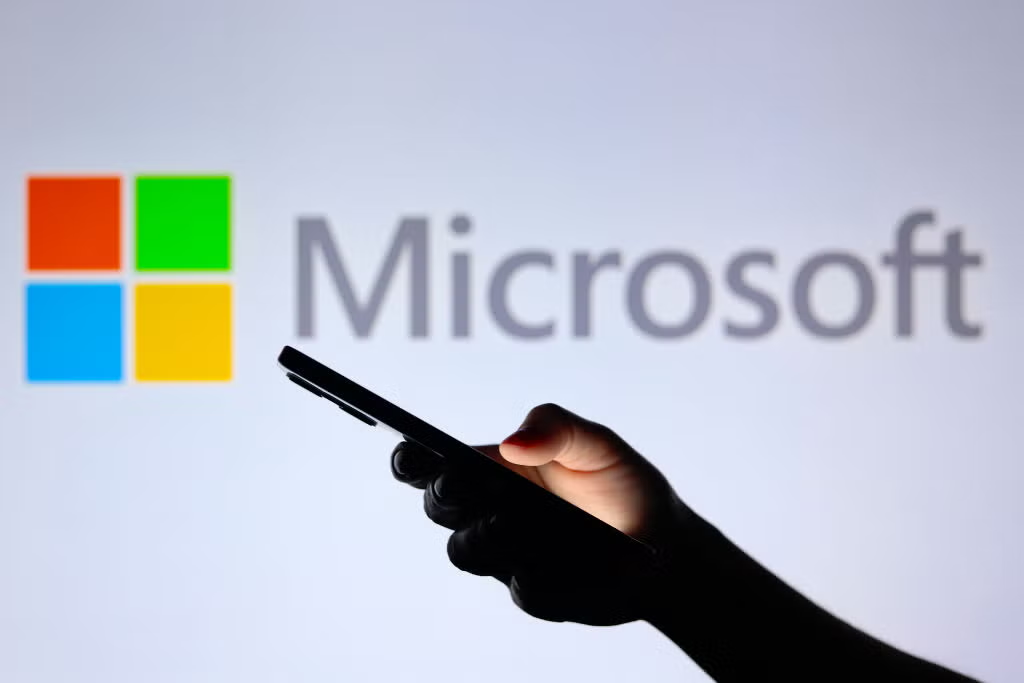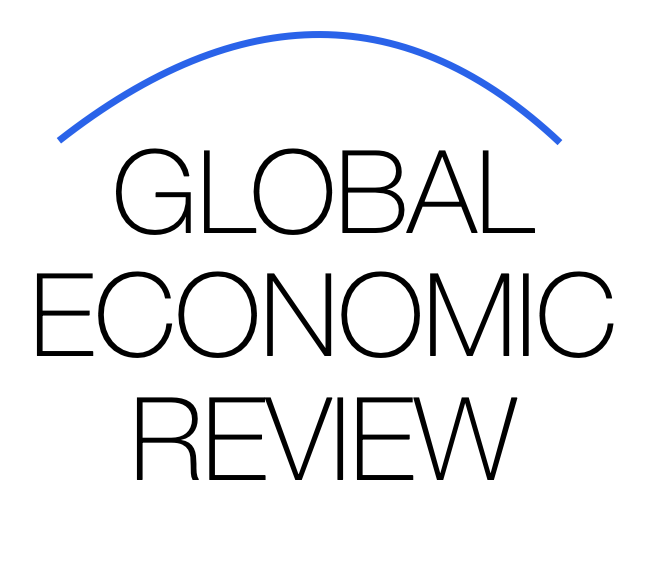Inside the Breach: How Hackers Executed a Global Cyberattack Targeting Microsoft

In one of the most sophisticated cyber incidents of recent years, Microsoft became the focal point of a large-scale global cyberattack that sent shockwaves through the technology sector. The attack, which unfolded over several weeks, exploited vulnerabilities in Microsoft’s cloud infrastructure and software ecosystems, demonstrating once again that even the most robust security frameworks face relentless pressure from increasingly sophisticated threat actors.
The Anatomy of the Attack
According to cybersecurity experts and internal Microsoft reports, the attack leveraged a multi-vector approach combining zero-day exploits, phishing campaigns, and supply chain infiltration. The hackers, believed to be part of a state-sponsored group with advanced resources, initially gained access by exploiting an unpatched vulnerability in Microsoft Exchange Server—a widely used enterprise email platform.
From this foothold, attackers escalated privileges, moving laterally within networks to access sensitive cloud environments hosted on Microsoft Azure. The breach targeted both corporate clients and Microsoft’s own internal systems, allowing the hackers to exfiltrate critical data and deploy ransomware payloads in select instances.
Global Impact and Affected Entities
The cyberattack affected thousands of organizations worldwide, spanning government agencies, Fortune 500 companies, and critical infrastructure providers. In particular, sectors such as finance, healthcare, and telecommunications reported significant disruptions. Microsoft’s prompt public disclosure and coordinated response helped mitigate further damage, but the scale of the attack underscored the vulnerabilities inherent in interconnected digital ecosystems.
Microsoft’s Response and Mitigation Efforts
Microsoft’s cybersecurity teams rapidly mobilized to contain the breach, releasing emergency patches for the exploited vulnerabilities and deploying AI-powered threat detection tools to identify anomalous activities. The company also collaborated closely with international law enforcement and cybersecurity agencies to track the perpetrators and prevent the spread of malicious software.
Additionally, Microsoft urged its customers to review and strengthen their own security postures, emphasizing the importance of multi-factor authentication, regular software updates, and employee cybersecurity training to counter social engineering tactics used in the attack.
Lessons for the Industry
The Microsoft breach serves as a stark reminder that no organization, regardless of size or resources, is immune to cyber threats. The attackers’ use of advanced techniques such as zero-day exploits and supply chain compromises highlights the need for continuous vigilance and adaptive defense strategies.
Cybersecurity experts advocate for increased investment in AI-driven threat intelligence, zero-trust architecture adoption, and cross-industry information sharing. The incident has also reignited debates over government regulation and corporate responsibility in safeguarding critical digital infrastructure.
Broader Geopolitical Context
Though Microsoft has not officially attributed the attack to any specific actor, multiple cybersecurity firms and intelligence sources suspect involvement of a nation-state seeking to disrupt Western technological dominance and gain strategic intelligence advantages. This attack forms part of a broader pattern of cyber operations that mirror rising geopolitical tensions in cyberspace.
Looking Forward
As Microsoft strengthens its defenses and works to rebuild trust with customers, the incident will likely serve as a catalyst for enhanced global cooperation on cybersecurity standards and incident response protocols. The digital ecosystem’s interdependence means that collaboration between private sector players, governments, and international organizations is more critical than ever.
For enterprises relying on Microsoft’s vast technology stack, the breach is a call to action: proactive security measures, rigorous compliance, and continuous risk assessments are indispensable in an era where cyber threats are growing in sophistication and frequency.

















